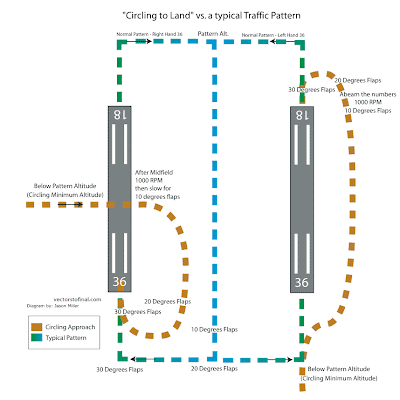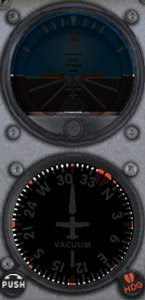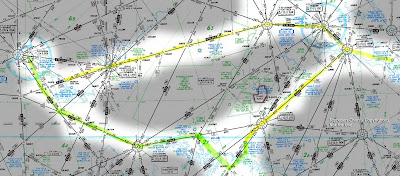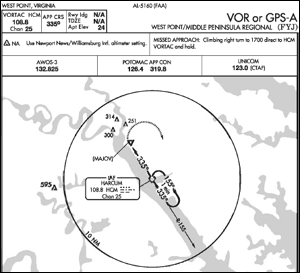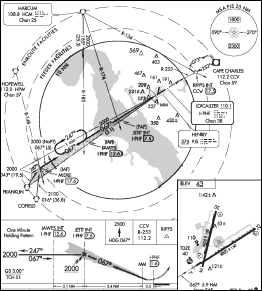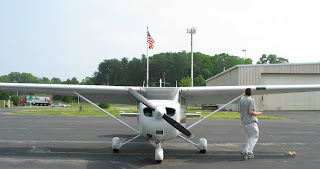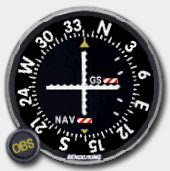Night flight over the pennisula
Posted by my wife: Jason took me up tonight for a sunset/New Year's Eve flight. He reserved the plane yesterday so we'd have it today from 4:30 to 8 pm, giving us some leeway on either end. We picked up the key this morning since the flight school was closing at lunchtime today. We got to the airport around 4:30, and Jason began the preflight. The sun was below the trees but still seemed to be in the sky. We hopped in and taxied out around 5 pm for a smooth takeoff on 13. Jason had picked the Dinwiddie-Petersburg airport (KPTB) for us to head to first. This was nice since it took us out over the James River and directly into the sunset. It was a bit hazier and cloudier than would make an ideal sunset to see from the sky, but it was still nice with lots of soft oranges and purples.

